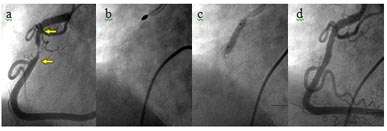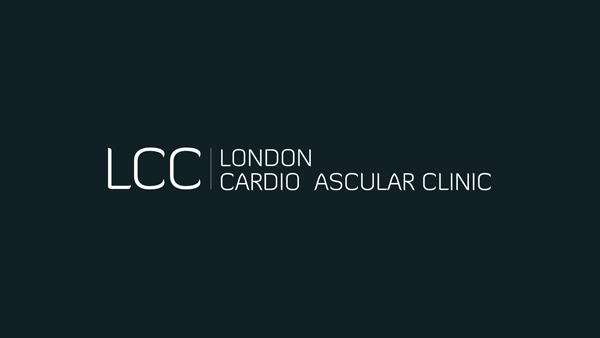Dr Iqbal Malik is a leading London specialist in Angioplasty
Overview
In the majority of cases, narrowings or blockages of the coronary arteries can be treated by a procedure called angioplasty (PCI) to reduce angina.
The usual technique for this is similar to Coronary Angiography from the patient’s point of view and may well follow on from a Coronary Angiography procedure. A very thin wire is passed through a blockage. Over this wire the consultant can open and support the artery using a varity of balloons and stents.

Artery opened up with a drill, then balloon, then stent.
Do I need PCI?
Clearly it is necessary to demonstrate the presence of narrowing’s in the coronary arteries before performing angioplasty. This is usually done via angiography. Angioplasty is at its most effective in treating unstable angina and treating patients having a heart attack.
What is involved and what are the risks?
A special shape is passed up the femoral or radial artery and sited at the mouth of the coronary artery that is narrowed. Through this tube, a very fine steel wire, 1/14,000 of an inch in diameter is navigated across the narrowing. When the steel wire tip is safely positioned at the far end of the artery, a tiny balloon is slid over the steel wire. When this balloon is in the position of the narrowing artery, it is inflated to high pressure using a special hydraulic inflation device. The pressure delivered to the balloon is transmitted to the arterial wall. The pressure cracks and stretches the plaque of cholesterol. The Cardiologist will usually decide to deploy a stent. If the narrowing is very tough, a drill (rotablator) may be needed prior to stent.
Once the coronary artery has been successfully treated, the access pipe in the wrist or leg is removed and the hole closed by pressure or a plug. It is customary to keep patients in overnight and repeat an Electrocardiogram and a blood test the following morning. If there are no complications, you will be allowed home early the next day.
The risks of Angioplasty are broadly similar to those of Coronary Angiography, however, there are more specific risks associated with the Angioplasty procedure itself. These tend to be damage to the coronary artery wall, the provocation of a heart rhythm disturbance or damage to the artery such that the patient may require a bypass operation. This tends to occur in less than 1:200 patients treated.




